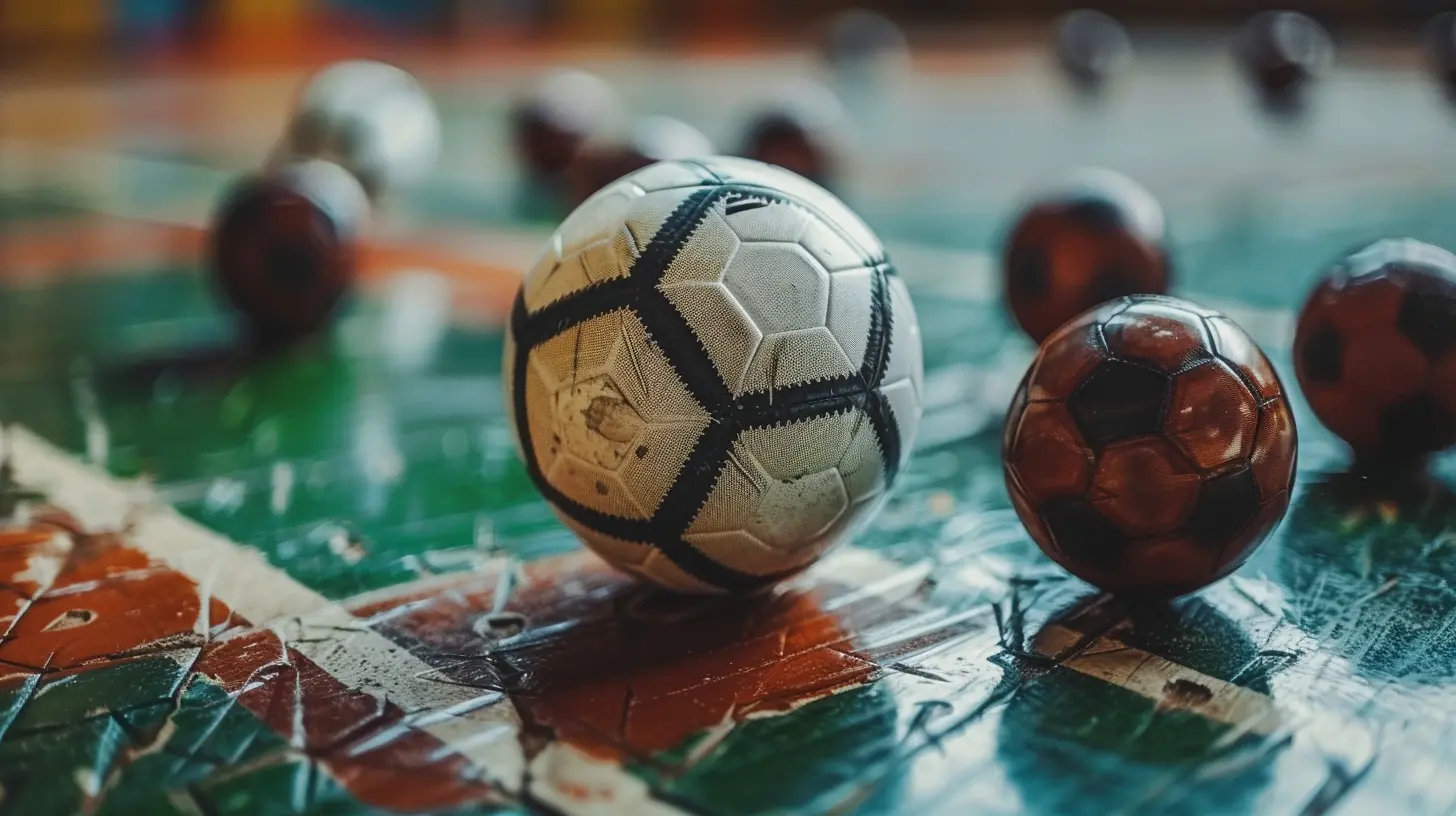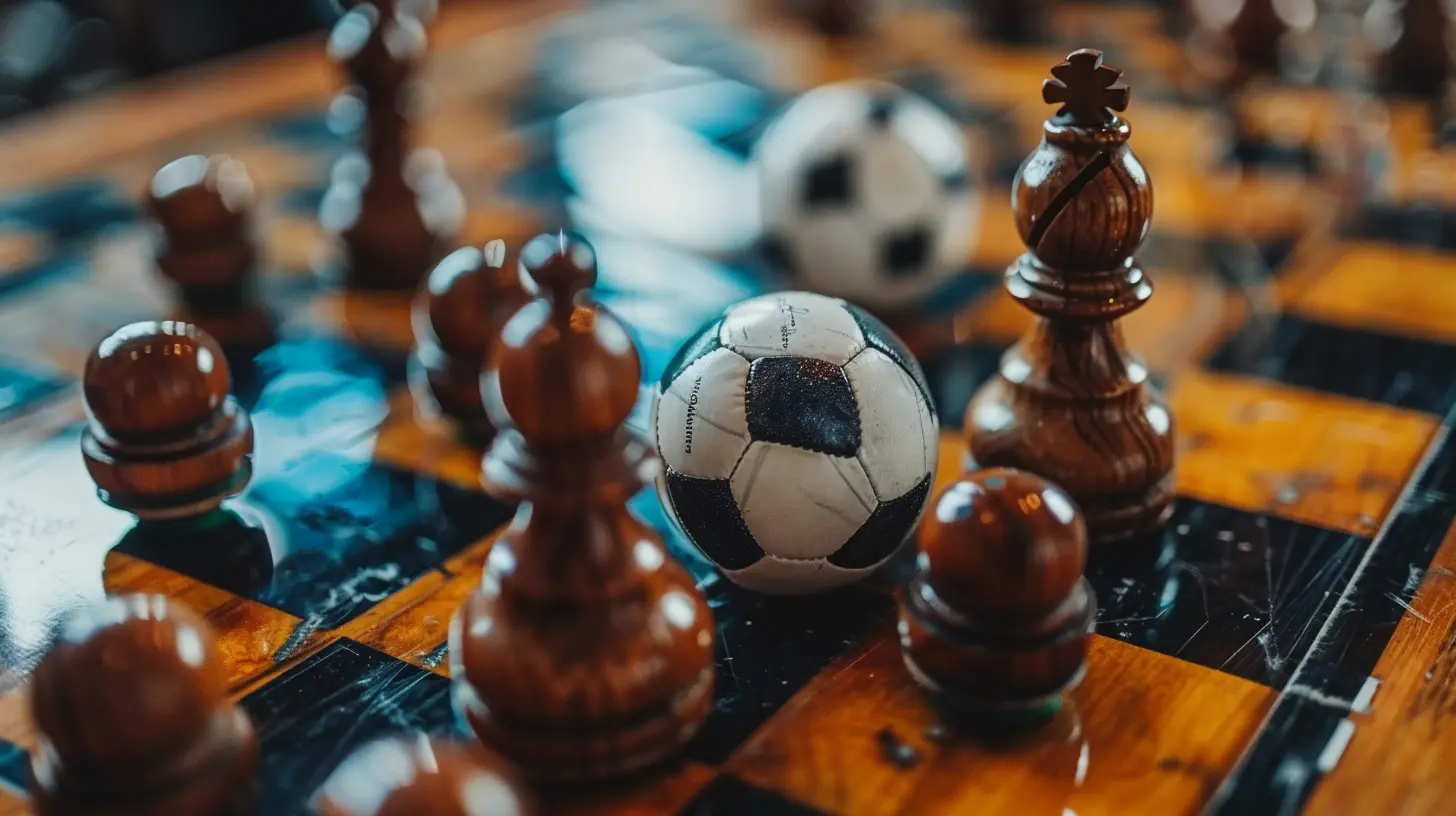How Set-Piece Mastery Decided the Outcome of the Game
11 October 2025
When we think about football, most of us picture breathtaking dribbles, stunning long-range shots, or intricate passing moves that split open defenses. But sometimes, the game isn't won by the flashiest moments—it's decided in dead-ball situations.
Set-pieces, whether they be corners, free-kicks, or penalties, have become a crucial aspect of modern football. They have the power to turn the tide of a match in an instant. A well-executed set-piece can shatter even the most solid defenses, while a poorly defended one can spell disaster.
In this article, we’ll break down how set-piece mastery decides the outcome of a game, why some teams excel at it, and how clubs are using analytics and training to gain an edge.

The Underrated Art of Set-Pieces
Many fans and even casual observers admire a beautiful passing sequence or an acrobatic goal, but set-pieces? They often get overlooked. However, when you dive into match statistics, you’d be surprised at how many goals come from dead-ball situations.A quick glance at recent seasons in top European leagues will show that around 30% to 35% of goals come from set-pieces. That’s nearly a third of all goals scored! Would you ignore something that contributes so much to winning football matches? Of course not.
Why Are Set-Pieces So Important?
There are a few reasons why set-pieces are game-changers:1. They create high-quality scoring chances – A well-placed cross from a free-kick or corner can be as dangerous as a perfectly timed through ball.
2. They allow for tactical creativity – Teams can come up with rehearsed routines that catch opponents off guard.
3. They expose defensive weaknesses – Even the best defenses can struggle with well-drilled set-piece plays.
4. They capitalize on physical advantages – A towering center-back can be a massive threat in these scenarios.
Now, let’s get into how teams leverage set-pieces to their advantage.

The Science Behind Set-Piece Success
Gone are the days when teams approached set-pieces passively. Today, coaching staffs invest hours studying opposition tendencies, creating set-piece specialists, and fine-tuning positional setups to maximize effectiveness.1. The Role of Analytics
Football is becoming increasingly data-driven, and set-pieces are no exception. Clubs use performance analysts to assess trends in dead-ball scenarios. They evaluate things like:- Opponent’s marking system (zonal vs. man-to-man)
- Player aerial duel success rates
- Preferred delivery types (inswingers, outswingers, or short routines)
- Defensive frailties when dealing with second balls
By understanding these patterns, coaches can tailor their set-piece approach to exploit weaknesses.
2. Rehearsed Routines and Training Ground Secrets
Teams that thrive in set-piece situations don’t just rely on luck—they practice, practice, and practice. Training sessions frequently involve players drilling different corner and free-kick variations until they become second nature.Some teams even design plays that resemble basketball-style movements, using screens and deceptive runs to free up key aerial threats.
For instance, Liverpool under Jurgen Klopp has developed unique routines, thanks in part to their dedicated set-piece coach. Their strategic corner-kick that led to Trent Alexander-Arnold's famous quick assist to Divock Origi against Barcelona in the Champions League is a prime example of how preparation meets execution.

The Different Types of Set-Pieces That Win Games
Let’s examine the specific set-piece scenarios that often prove decisive.1. Free-Kicks: More Than Just a Direct Shot
We all admire the likes of Lionel Messi, Cristiano Ronaldo, or James Ward-Prowse when they strike a perfect free-kick into the top corner. But free-kicks aren’t just about world-class technique; they’re also about strategy.- Direct free-kicks require precision, power, and placement.
- Indirect free-kicks often involve well-rehearsed plays, with flick-ons or dummy runs creating space.
- Crossed free-kicks can be designed to target specific zones, exploiting defensive weaknesses.
A clever free-kick routine can catch a defense off-guard, leading to easy scoring opportunities.
2. Corner-Kicks: Chaos and Opportunity
Corners are absolute goldmines for goal-hungry teams. Some of the strongest teams in history, including Jose Mourinho’s Chelsea and Antonio Conte’s Juventus, have relied heavily on set-piece dominance.Teams often use different techniques to maximize their chances:
- Near-post flick-ons
- Back-post overloads
- Short corners to disrupt defensive positioning
- Blocking and screening to free up headers
It’s no surprise that teams with great aerial threats, like Virgil van Dijk or Sergio Ramos, often score crucial goals from corners.
3. Penalties: The Ultimate Decider
Penalties are perhaps the most straightforward set-piece situation, yet they hold immense psychological weight. A player standing over the ball, knowing that the outcome of the game could hinge on one kick, experiences unparalleled pressure.Some of football’s greatest matches have been decided by penalties—World Cup finals, Champions League knockout games, and domestic league titles. Taking penalties isn’t just about power or placement; mental strength and composure are equally important.

Teams That Have Mastered Set-Pieces
Several teams have gained a reputation for being deadly from set-pieces. Let’s take a look at a few:- Atletico Madrid – Diego Simeone’s side is known for their rigorously disciplined approach to set-pieces, frequently outmuscling opponents.
- Liverpool – Their innovative approach combined with towering aerial threats makes them dangerous from corners and free-kicks.
- West Ham United – Under David Moyes, West Ham has become one of the Premier League’s most effective sides in set-piece situations.
- Italy’s National Team – Italy’s ability to use set-pieces effectively played a key role in their Euro 2020 triumph.
Each of these teams prioritizes set-piece preparation, understanding that small margins make massive differences.
The Fine Line Between Victory and Defeat
If there’s one takeaway from this discussion, it’s that set-pieces win games. Whether it's a last-minute header from a corner or a stunning free-kick in stoppage time, these moments can define seasons.Consider the 2018 World Cup, where France benefited from multiple set-piece goals, leading them to glory. Or the countless times a league title has been decided by a single dead-ball situation.
Football might be romanticized for its flowing play and dazzling dribbles, but when it comes down to the gritty details, set-pieces are often the difference between glory and heartbreak.
Next time you watch a match, pay close attention to those corners, free-kicks, and penalties. They might just be the secret weapon behind a team’s success.
all images in this post were generated using AI tools
Category:
Game AnalysisAuthor:

Frankie Bailey
Discussion
rate this article
1 comments
Carrie McVaney
Set pieces played a pivotal role in shaping the game's outcome, showcasing strategic execution and precision. Both teams demonstrated varying degrees of effectiveness in this area, ultimately highlighting the importance of dead-ball situations in high-stakes matches.
October 24, 2025 at 3:15 AM

Frankie Bailey
Thank you for your insightful comment! Indeed, set pieces can significantly influence match results, and both teams' strategic approaches were key to the game's dynamics.


